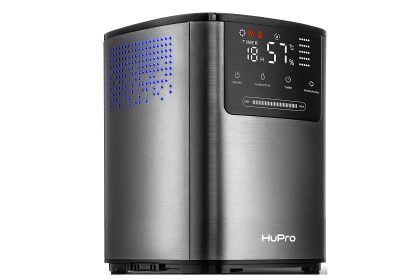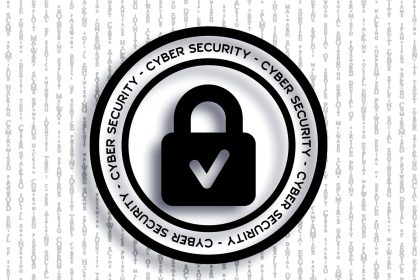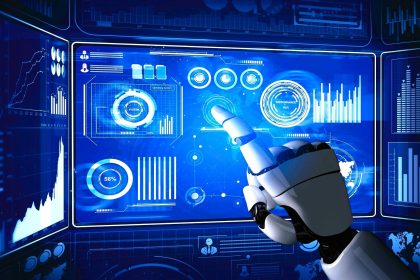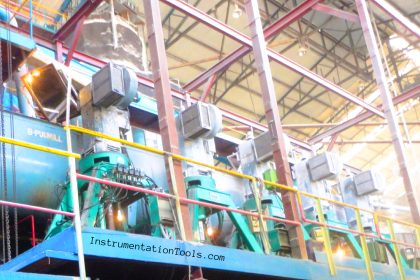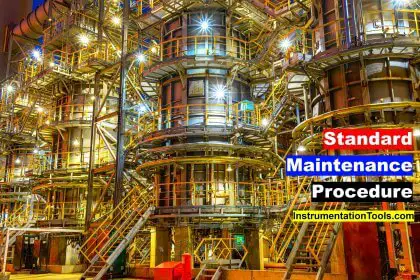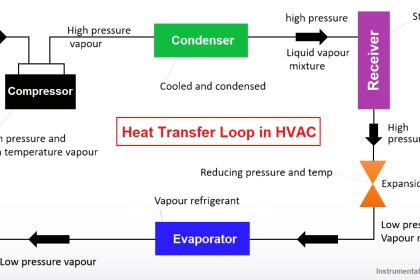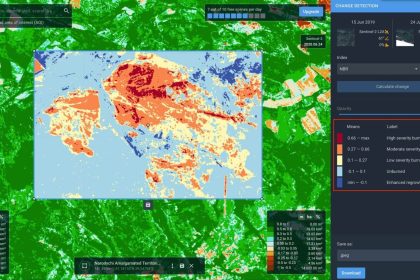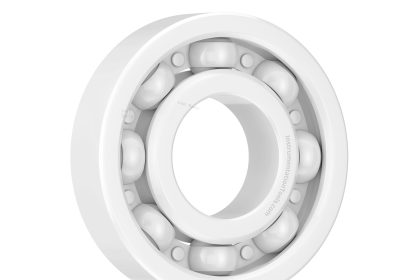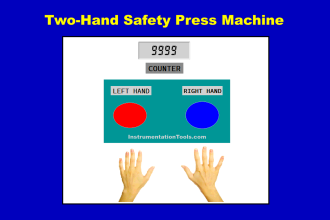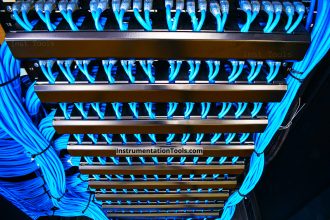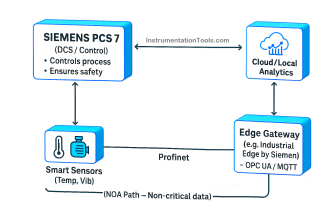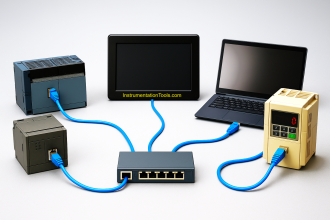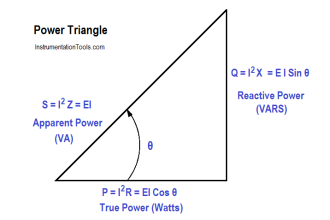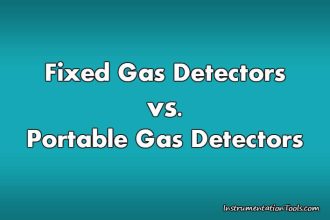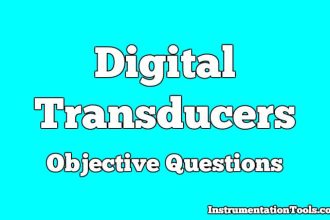In this post, we will learn the difference between information technology (IT) and operation technology (OT) in industrial automation.
You are familiar with industrial automation. As the name suggests, industrial automation means automating the processes in industries. The products that you use in day-to-day life are manufactured in industries.
In a factory, either a laborer produces it manually or uses machines for production. These machines work automatically to support manufacturing activities easily. So, this is done by industrial automation.
Their task is to reduce human intervention and errors caused by them. Also, production time is reduced to a great extent and it also increases reliability and efficiency.
Information and Operation Technology in Industrial Automation
If you now go in wider prospects of understanding it, you will come across two terms which generally define its working.
They are –
- Information technology (IT)
- Operation technology (OT)
Both technologies are interrelated in many functions; but at the same time, they also have major differences.
Due to advanced usage and progress of the internet, their understanding helps the engineer to identify the similarities and differences between them; and accordingly design and operate the business.
Let us first understand these terms and then see the differences.
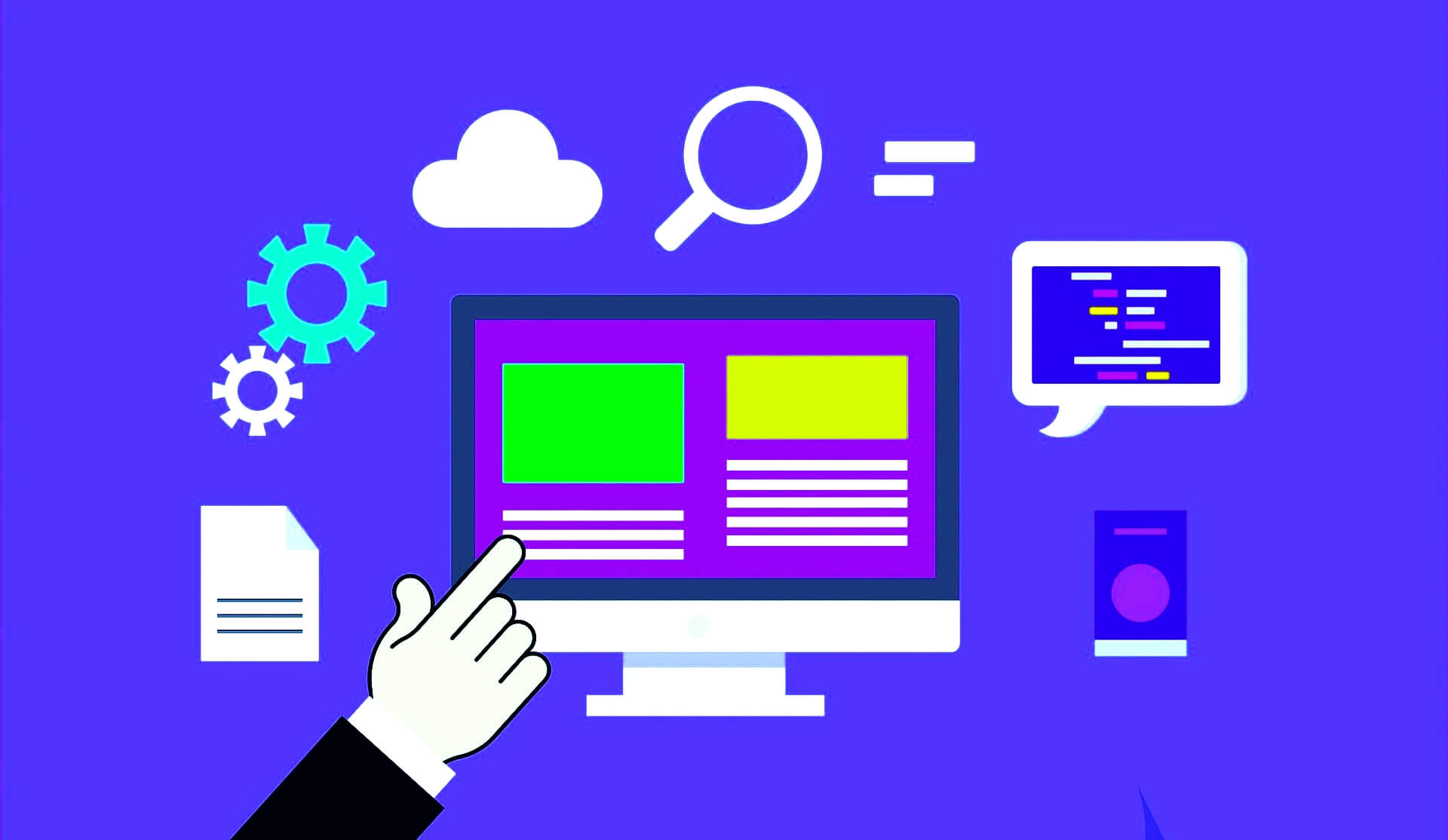
Operation Technology (OT)
OT refers to the physical world. Simply, suppose you are using a PLC and SCADA. What new features come in these new devices; will define how an operator can use them to maximize his production speed, increase reliability and efficiency, increase security and make the machine safe to operate. This is operation technology.
Basically, it deals with technology related to hardware automation devices; which control the machines. So, if the automation devices are up to date and made efficient to operate; then automatically the system will become efficient to operate. This shows that OT deals with physical processes and the machinery used to carry them out.
Suppose you are controlling many parameters of a system – like a temperature, pressure, flow, etc. The same things are viewed and logged in SCADA.
If you are familiar with new techniques or methods coming in PLC or SCADA programming; then you will be able to properly program the devices. This will also help you to properly control the parameters and machinery involved in it.
In other words, OT uses a combination of both hardware and software to perform real-time operations and thus, controlling the industrial process reliably.
Information Technology (IT)
IT refers to the information and network world. Simply, suppose you are using a computer system monitoring data flow from OT devices. Then, you have to be familiar with network applications, storage of data, and computer resources like generation, management, storage, and delivery of data throughout and between the organizations.
Basically, IT covers devices like computers, physical servers, and network equipment.
IT deals with connectivity and data management. If you are getting proper data from OT, but are not able to manage or secure them properly, then your data is at risk.
Also, your data will not be communicated to other departments properly. IT also highly deals in cyber security and the technology has advanced to a great extent to secure data flow and management.
Difference between OT and IT
Now that we are familiar with the terms, let us see the difference between them:
- OT deals with physical access and control of the system; whereas IT deals with data management, flow, network control, and authentication. This means that OT is industrial-oriented and IT is business-oriented.
- Suppose OT fails, then it can cause damage to life also. Because it deals with machines and any hazardous operation or control of equipment is dangerous for the nearby environment or personnel. If IT fails, then it can cause damage to data.
- IT runs on the standard operating systems (OS) like Windows or Linux. But, OT works on customized software and platforms. It depends on manufacturer to manufacturer.
- IT normally runs everywhere on Ethernet protocol, but OT works on many types of protocols. Again, it depends on manufacturer to manufacturer.
- OT is device centric and depends on the performance of that device. IT is data and network centric; and depends on how data is managed, communicated, and controlled.
It is to be noted that both IT and OT work in tandem with each other and industry cannot survive with any one of them malfunctioning. The best example in today’s world is Industry 4.0 or IoT.
If you liked this article, then please subscribe to our YouTube Channel for Electrical, Electronics, Instrumentation, PLC, and SCADA video tutorials.
You can also follow us on Facebook and Twitter to receive daily updates.
Read Next:
- Circuit Breaker Testing
- Emergency Block Valves
- Safety PLC System Testing
- Industrial Automation Career
- DCS and MCC Interface Philosophy
